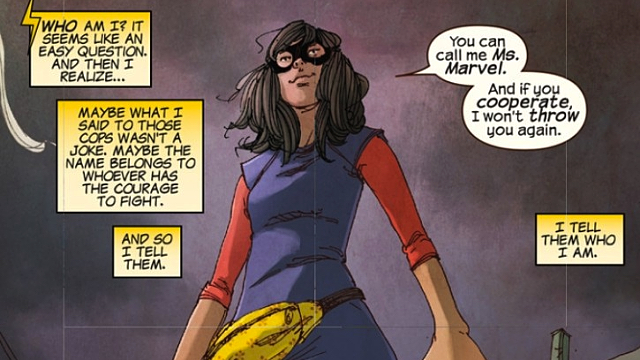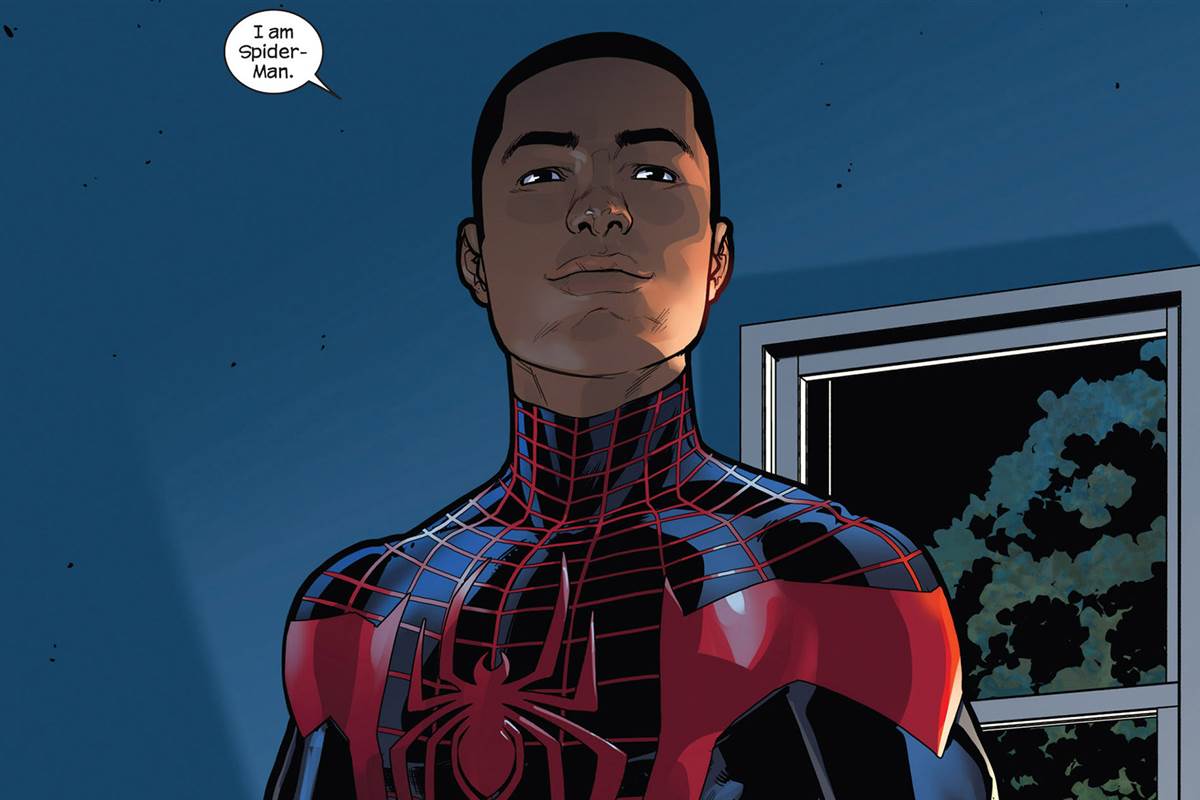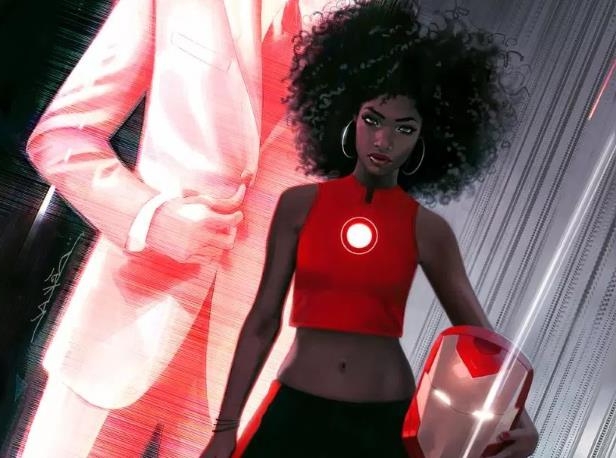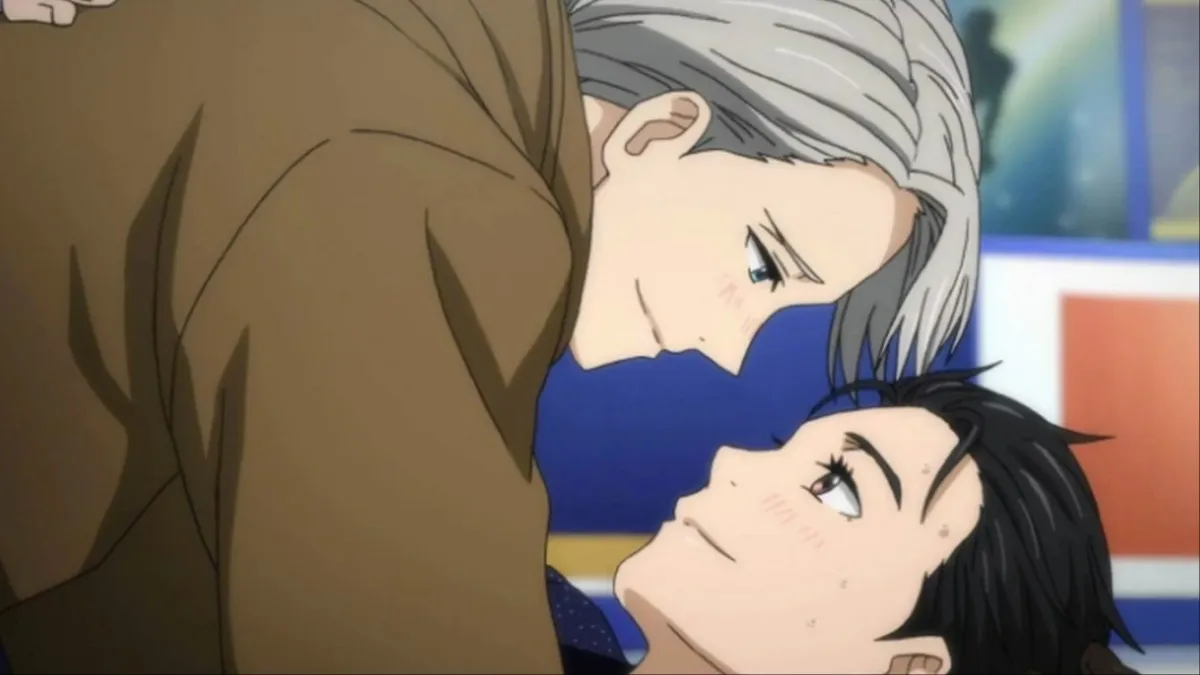For almost as long as there have been superhero comics, there have been teenage superheroes. From Superboy to Ms. Marvel, superheroes in their teenage years are solid proof that you don’t necessarily have to be an adult to be endowed with powers–or find yourself the unexpected recipient of superhuman abilities when you wind up bitten by a radioactive spider. They’re often just as smart, just as determined and just as capable as their adult peers to work in the world-saving business, and the importance of what they represent to young comic book fans can’t be understated. There’s even entire teams who have brought on teenagers as members, either full-time or honorary–such as the X-Men, or the Legion of Super-Heroes. So do we need teenage superheroes, as one writer recently posited? Absolutely.
Some of the most popular and best-selling runs within the comic book industry have starred characters who were initially introduced as young adults–take Spider-Man, for example, who first debuted courtesy of Stan Lee and Steve Ditko in the early 1960s. Spider-Man was a direct foil to those teenage superheroes who always found themselves reduced to the role of sidekick for a more established and often significantly older character. With his introduction, Peter Parker was among the first of a newer generation of superheroes that didn’t have to play the sidekick, even though he was something of a loner and an outcast in his everyday life. As Spider-Man, he was able to cast off the awkwardness that made him the recipient of bullying at school and save New York from several threats–even if he wasn’t able to reveal his true identity.
Peter Parker may have been created in a different decade, for perhaps a different kind of readership–but there are other teenage superheroes and young geniuses who have stepped forward to take up the mantle formerly occupied by adults. Barring that, some of them are even making a name for themselves apart from any existing legacy. There’s Kamala Khan, the new Ms. Marvel who also represents the first Muslim superhero to have her own solo comic book. Riri Williams is going to become a new hero called Ironheart, using her talents to build her own version of the Iron Man armor originally created by Tony Stark. We also can’t forget Miles Morales, who’s currently juggling his own responsibilities as both a high school student and the current Spider-Man as a new addition to the main Marvel universe.
One of the main arguments against the existence of teenage superheroes is that they’re perhaps too bright, or too smart, to ever realistically exist. Never mind the fact that there are living, breathing examples of teenage geniuses out there in our own world–like 14-year-old Danielle Carson, who will become the youngest freshman ever at a local Florida college later this year, or 15-year-old Agnijo Banerjee, a brilliant mathematician who was revealed to have the same IQ as Albert Einstein and Stephen Hawking at the age of 12. The brilliance of young people shouldn’t be what makes someone balk about a fictional world where superheroes are the norm and supernatural threats exist every day. Additionally, while these teen costumed heroes may be superpowered or super-brilliant, it doesn’t mean that their friends are. This new generation of young characters also have normal, human friends who ground them in reality–and these friends also occasionally double as confidants, since they’re sometimes the only people who know the truth.
Are these teen superheroes perfect? Hardly. They struggle as any other teenager might to balance their commitments to family, or to doing well in school. Miles Morales and Kamala Khan have gotten in trouble with their parents several times when their side gigs as superheroes accidentally interfere with their abilities to do their homework on time, or to honor their imposed curfew. There’s definitely an obvious parallel between teenage superheroes with the weight of the world on their shoulders and real teens who have been forced to grow up too fast for any number of reasons, who have to make difficult, adult decisions every single day. To imply that the stakes don’t exist or aren’t as high simply because of their age trivializes their sacrifice and diminishes the importance of those decisions. In comics, that’s represented by the choice these characters make to shoulder the responsibility of putting on a costume and helping to save the world.
While it’s true that some of these comics starring teenage superheroes are a little more family-friendly, that shouldn’t rule out their significance, or the impact they have on young audiences who are often desperately searching for representation. The very first Spider-Man was a white kid from Queens, and the current one is a teenager of Black Hispanic descent. Ms. Marvel, a title formerly used by three white women, has now been taken on by a Pakistani-American girl from New Jersey–and the character of Kamala Khan has served as a positive pop culture portrayal of a Muslim character in a world that unquestionably needs it. With the introduction of Ironheart, there’s going to be a young Black girl stepping into the Iron Man armor for the first time since it made its comics appearance in 1963. The depiction of diversity in comics can often feel like a “one step forward, two steps back” sort of routine–especially since recent on-screen adaptations have frequently struggled and succeeded in equal measure. However, making some of these comics more accessible to younger readers has the power to include an entirely new generation in the future of the medium, to provide them with the ability to envision themselves creating and drawing and writing for characters just like Kamala or Miles or Riri. And for every family-friendly series like Ms. Marvel or The Unbeatable Squirrel Girl, there are plenty of options for adult readers out there too.
So while there are some comics fans who are probably too busy telling these teenage heroes to get off their proverbial lawns, there are equally as many (if not more) who couldn’t be happier to have them around. Let’s acknowledge the power teenage superheroes possess–not only to save their own worlds, but to impact the future of ours as well.
—The Mary Sue has a strict comment policy that forbids, but is not limited to, personal insults toward anyone, hate speech, and trolling.—
Follow The Mary Sue on Twitter, Facebook, Tumblr, Pinterest, & Google+.











Published: Aug 27, 2016 4:25 PM UTC